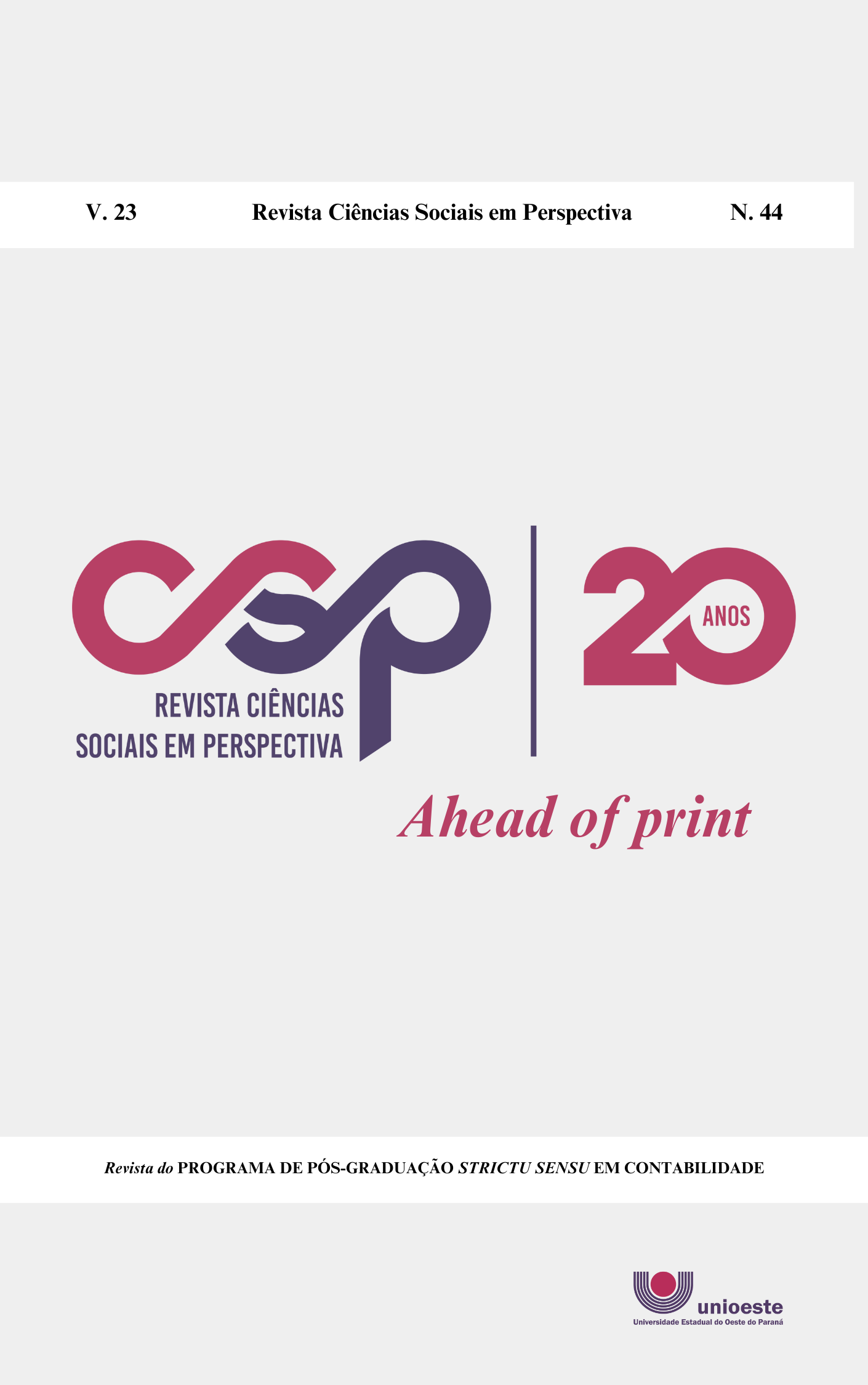Crescimento econômico, perfil sociometabólico e performance ambiental: uma análise para o BRICS (1970-2017)
DOI:
https://doi.org/10.48075/revistacsp.v22i43.31644Resumo
Este trabalho teve como objetivo traçar o perfil sociometabólico do grupo de países conhecido pela sigla BRICS (Brasil, Rússia, Índia, China e África do Sul). A intenção é compreender a dinâmica de evolução biofísica destes países e sua relação com o PIB. Para tanto, usou-se uma abordagem de sociometabolismo, convergente com a economia ecológica, e que usa a contabilidade de fluxo de materiais para mensurar o metabolismo dessas economias em termos de matéria e energia consumida. Os resultados mostraram que no período entre 1970 e 2017 houve um crescimento expressivo no consumo de materiais, fazendo com que o aumento da economia biofísica agregada do grupo BRICS superasse o crescimento biofísico da economia mundial. Os dados também mostraram que o PIB do BRICS cresceu mais rápido do que o crescimento no consumo de materiais no período analisado. Isto significa que, no agregado, houve uma maior eficiência no uso de matéria e energia. Todavia, ao se olhar os resultados individuais, percebeu-se que o Brasil – na contramão do grupo – apresentou uma tendência de intensificação material de sua economia.
Downloads
Downloads
Publicado
Como Citar
Edição
Seção
Licença

Este trabalho está licenciado sob uma licença Creative Commons Attribution-NonCommercial-ShareAlike 4.0 International License.
Aviso de Direito Autoral Creative Commons
Política para Periódicos de Acesso Livre
Autores que publicam nesta revista concordam com os seguintes termos:
1. Autores mantém os direitos autorais e concedem à revista o direito de primeira publicação, com o trabalho simultaneamente licenciado sob a Licença Creative Commons Attribution que permite o compartilhamento do trabalho com reconhecimento da autoria e publicação inicial nesta revista.2. Autores têm autorização para assumir contratos adicionais separadamente, para distribuição não-exclusiva da versão do trabalho publicada nesta revista (ex.: publicar em repositório institucional ou como capítulo de livro), com reconhecimento de autoria e publicação inicial nesta revista.
3. Autores têm permissão e são estimulados a publicar e distribuir seu trabalho online (ex.: em repositórios institucionais ou na sua página pessoal) a qualquer ponto antes ou durante o processo editorial, já que isso pode gerar alterações produtivas, bem como aumentar o impacto e a citação do trabalho publicado (Veja O Efeito do Acesso Livre).
Licença Creative Commons
Esta obra está licenciada com uma Licença Creative Commons Atribuição-NãoComercial-CompartilhaIgual 4.0 Internacional, o que permite compartilhar, copiar, distribuir, exibir, reproduzir, a totalidade ou partes desde que não tenha objetivo comercial e sejam citados os autores e a fonte.





